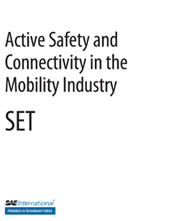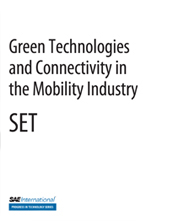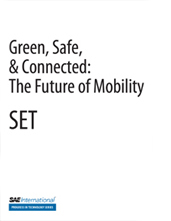Technical Paper
Acoustic Noise Assessment of Gasoline Direct Injection (GDi) Components Using Taguchi Methods - Application to GDi High-Pressure Pumps
2010-04-12
2010-01-0586
Gasoline Direct Injection (GDi) system is a relatively new technology. In early implementations, its major components, i.e. high pressure fuel pump, injectors, and fuel rails, emit objectionable acoustic noise during normal operation. This paper will focus on making an objective comparison (assessment) of acoustic noise emitted by several cam-driven high pressure fuel pumps during their normal operation, especially at engine idle. Taguchi robust engineering methods will be used to conduct the robust assessment study of six GDi high-pressure pumps. A-weighted total sound pressure level (SPL), processed from two free-field microphones around each pump, will be used as the main function in the Taguchi design of experiments (DOE).







